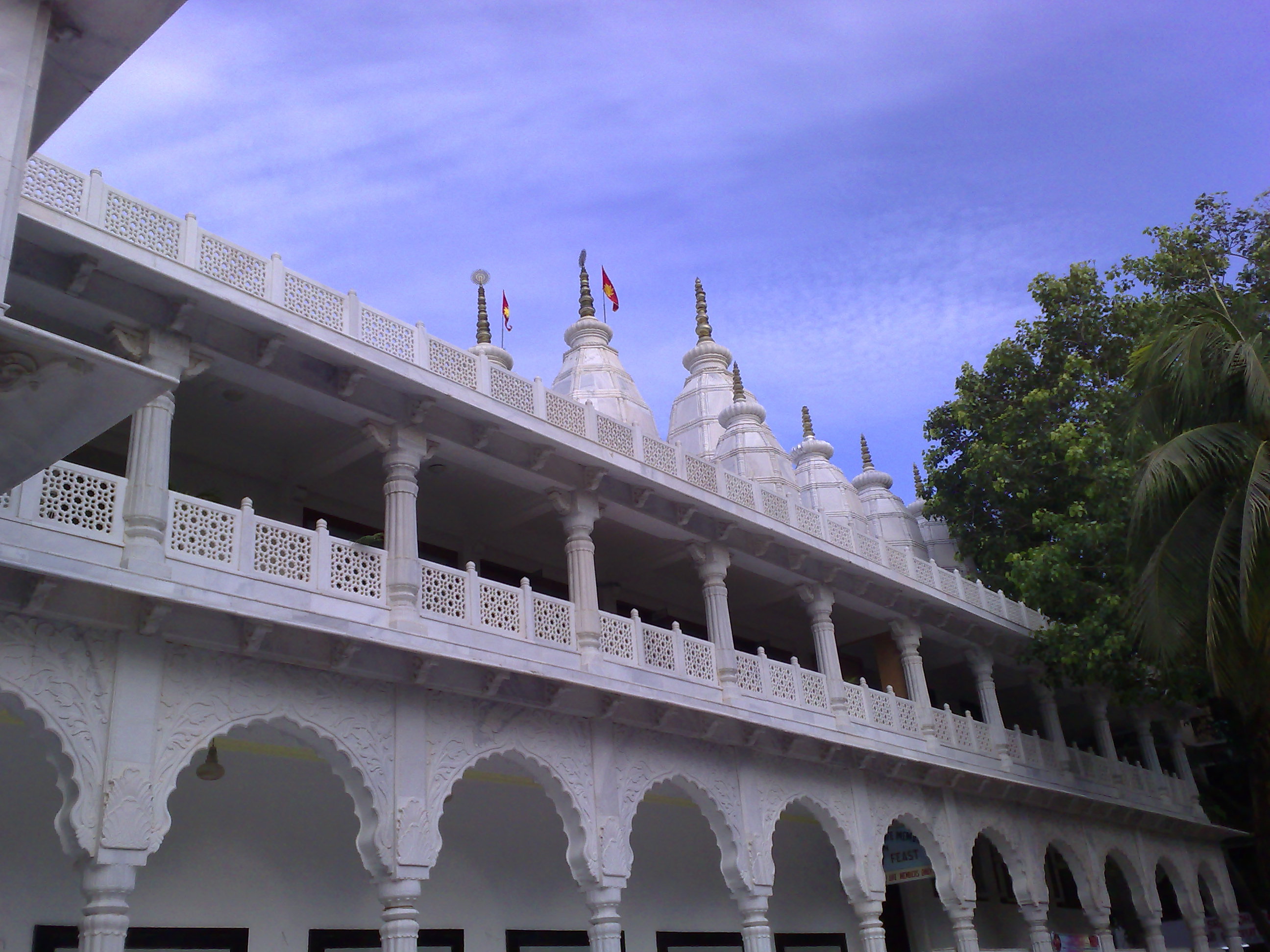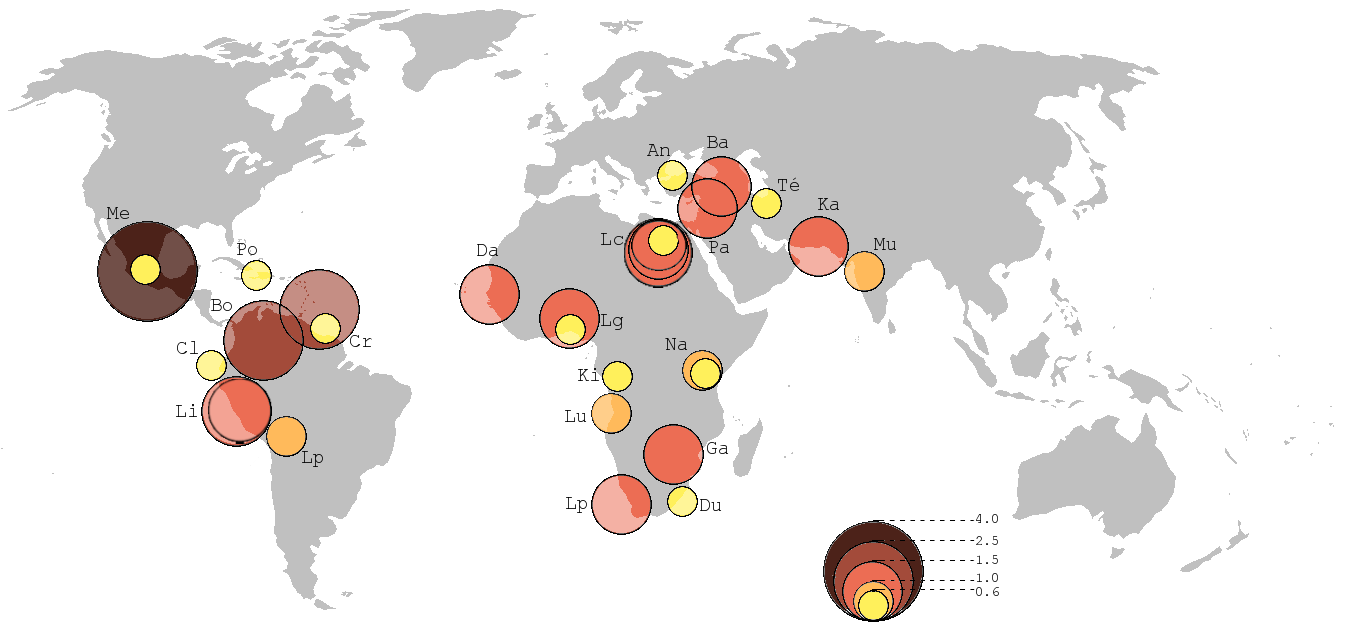|
Koliwada
Koliwada refers to a colony of Koli rajputs in India. Several places named Koliwada are located across the Mumbai city in India: * Khar Danda Koliwada * Guru Tegh Bahadur Nagar Sion Koliwada (formerly known as Koliwada) * Thane Koliwada * Juhu Koliwada * Panvel Koliwada * Colaba Koliwada * Trombay Chembur Koliwada * Worli Koliwada *Juhu , Mora Gaothan Koliwada * Versova Koliwada * Diwale Koliwada * Dharavi Koliwada * Vasai Koliwada * Naigaon Koliwada * Mahim Koliwada * Koliwada, Madh * BunderPakhadi Koliwada * Ghansoli Koliwada * Gavanpada Koliwada *Malvani Koliwada *Bhandup Koliwada *Mora koliwada Fish market A ''machhi'' market or fish market is usually located near the entrance of the Koliwada locality, or the nearest bus stand or main road. In Mumbai, very few Koli communities can afford to build dedicated market reserved for Koli fisherfolk, and therefore, most fish markets are open for sellers from other communities as well. Bandar/Port A ''bandar'' is the sea shor ... [...More Info...] [...Related Items...] OR: [Wikipedia] [Google] [Baidu] |
Guru Tegh Bahadur Nagar
Guru Tegh Bahadur Nagar (GTB Nagar), formerly known as ''Koliwada'', is a neighbourhood in Sion, Mumbai, named after Sri Guru Tegh Bahadur Ji, the ninth Guru of Sikhism. Originally home to Mumbai's indigenous Koli community, it is also known as Koliwada. A colony was constructed for the rehabilitation of Sikh and Hindu refugees who came from North West Frontier Province of Pakistan after the Partition of India Today, many of the buildings and tenements originally constructed for the refugees are in a dilapidated state, and are awaiting demolition and redevelopment. The local residents, however have been protesting the order for vacating the premises and their subsequent demolition, as they seek an alternative arrangement for renting and redevelopment. GTB Nagar, today, is renowned for its unique culture and cuisine, which has evolved over the years as an amalgamation of the influences of the indigenous Koli community and the Punjabi Hindu and Sikh migrants. Location Gur ... [...More Info...] [...Related Items...] OR: [Wikipedia] [Google] [Baidu] |
Juhu
Juhu (Pronunciation: Help:IPA/Marathi, [d͡ʒuɦuː]) is a posh and upmarket neighbourhood of Mumbai. It is known for the sprawling Juhu Beach. It is surrounded by the Arabian Sea to the west, Versova (Mumbai), Versova to the north, Vile Parle to the east and Santa Cruz (Mumbai), Santacruz to the south. Juhu is among the most expensive and affluent areas of the city and home to many Bollywood celebrities. The nearest railway stations are Santacruz railway station, Santacruz, Andheri railway station, Andheri and Vile Parle railway station, Vile Parle on the Western Line and Harbour Line of the Mumbai Suburban Railway. The nearest metro station is D. N. Nagar. There are two minor B.E.S.T bus depots in Juhu. J. R. D. Tata, the father of civil aviation in India, made his maiden voyage to Juhu Airport from Drigh Road airstrip, Karachi, via Ahmedabad, on 15 October 1932 carrying mail in a de Havilland Puss Moth, Puss Moth aircraft. Page 112 History In the nineteenth century, Juhu was a ... [...More Info...] [...Related Items...] OR: [Wikipedia] [Google] [Baidu] |
Khar Danda
, pushpin_map = India Mumbai , pushpin_label_position = right , pushpin_map_alt = , pushpin_map_caption = Location in Mumbai, India , coordinates = {{coord, 19.07, N, 72.82, E, display=inline,title , subdivision_type = Country , subdivision_name = {{flag, India , subdivision_type1 = State , subdivision_type2 = District , subdivision_type3 = City , subdivision_name1 = Maharashtra , subdivision_name2 = Mumbai Suburban , subdivision_name3 = Mumbai , established_title = , established_date = , founder = , named_for = , government_type = Municipal Corporation , governing_body = Brihanmumbai Municipal Corporation (MCGM) , unit_pref = Metric , area_footnotes = , area_rank = , area_total_km2 = , elevation_footnotes = , elevation_m = , population_total ... [...More Info...] [...Related Items...] OR: [Wikipedia] [Google] [Baidu] |
Naigaon
Naigaon is an area under Vasai Taluk in the Vasai Virar Belt that is separated by the Vasai Creek from Mira-Bhayandar, Thane and Mumbai city. It is linked by the Versova Bridge /Ghodbunder Bridge to Navghar village, which is connected from the east side of the settlement by the National Highway and it is the First Settlement in Vasai Virar after crossing the Vasai Creek. Naigaon in the eastern side is well connected to NH 48 / WEH. Juchandra & Kaman Road are the railway stations in Naigaon east that connects Vasai Road railway station in the north & Diva Jn. & Panvel Jn. Rail Stations in the south. The construction work of Naigaon flyover is in progress to connect Naigaon east & west which will reduce the travel time & also save fuel. Transportation Bus service: VVMT (Vasai-Virar Municipal Transport) bus services are provided by VVMC (Vasai-Virar Municipal Corporation). The frequency of the bus is every 20–30 minutes. VVMT bus services in Naigaon west and east are no ... [...More Info...] [...Related Items...] OR: [Wikipedia] [Google] [Baidu] |
Mahim
Mahim (Marathi pronunciation: Help:IPA/Marathi, [maːɦiːm])(Marathi language, Marathi: माहिम) is a neighbourhood in Mumbai, Maharashtra, India. The Mahim Junction railway station on the Western Railway zone, Western Railway and Harbour line (Mumbai Suburban Railway), Harbour Railway of the Mumbai Suburban Railway, Mumbai Suburban Railway network is the last station of the Mumbai City district, city, as neighboring Bandra comes in Mumbai Mumbai Suburban district, Suburb. Mahim is an ethnically and religiously diverse town and has a Hindu temple, church, mosque and Parsis, Parsi Fire temple, fire-temple existing within a few meters of each other. The town has a large Rich and Upper Middle class Marathi people, Marathi population. History The name Mahim is derived from the ancient ''Mahikavati'' meaning "miraculous" in Sanskrit. Other historical names for the area include ''Mahimawati,'' ''Maijim'', and ''Mejambu''. Mahim was one of the seven islands that originally ... [...More Info...] [...Related Items...] OR: [Wikipedia] [Google] [Baidu] |
Dharavi
Dharavi is a locality in Mumbai, Maharashtra, India, considered to be one of the world's largest slums. Dharavi has an area of just over and a population of about 1,000,000. With a population density of over , Dharavi is one of the most densely populated areas in the world. The Dharavi slum was founded in 1884 during the British colonial era, and grew because the expulsion of factories and residents from the peninsular city centre by the colonial government and from the migration of rural Indians into urban Mumbai. For this reason, Dharavi is currently a highly diverse settlement religiously and ethnically.Sharma, Kalpana; ''Rediscovering Dharavi: Story From Asia's Largest Slum'' (2000) – Penguin Books Dharavi has an active informal economy in which numerous household enterprises employ many of the slum residents—leather, textiles and pottery products are among the goods made inside Dharavi. The total annual turnover has been estimated at over 1 billion. Dharavi has s ... [...More Info...] [...Related Items...] OR: [Wikipedia] [Google] [Baidu] |
Koli People
The Koli is an Indian caste found in Rajasthan, Himachal Pradesh, Gujarat, Maharashtra, Uttar Pradesh, Haryana, Karnataka, Odisha and Jammu and Kashmir states in India. Koli is an agriculturist caste of Gujarat but in coastal areas they also work as fishermen along with agriculture. In the beginning of 20th century, the Koli caste was recognised as a Criminal Tribe under Criminal Tribes Act by British Indian government because of their anti-social activities during World War I. The Koli caste forms the largest caste-cluster in Gujarat and Himachal Pradesh, comprising 24% and 30% of the total population in those states respectively. History Early There has historically been some difficulty in identifying people as Koli or as Bhil people in what is now the state of Gujarat. The two communities co-existed in the hills of that area and even today there is confusion regarding their identity, not helped, in the opinion of sociologist Arvind Shah, by there being "hardly ... [...More Info...] [...Related Items...] OR: [Wikipedia] [Google] [Baidu] |
Culture Of Maharashtra
Maharashtra is the third largest state of India in terms of land area and second largest in terms of population in India.It has a long history of Marathi saints of Varakari religious movement, such as Dnyaneshwar, Namdev, Chokhamela, Eknath and Tukaram which forms the one of bases of the culture of Maharashtra or Marathi culture. Maharashtra had huge influence over India under the 17th-century king Chatrapati Shivaji Maharaj of the Maratha Empire and his concept of Hindavi Swarajya which translates to ''self-rule of people''. The state of Maharashtra spans multiple cultures which includes cultures related to Hindus, Muslims, Buddhists, Sikhs, Christians, etc. Lord Ganesha, Maruti, Mahadeo in form of Shivlinga, Khandoba, Kalubai devi, and Lord Vitthal are some of the deities worshipped by Hindus of Maharashtra. Maharashtra is divided into 5 regions: Konkan, Paschim Maharashtra, North Maharashtra, Marathwada, Vidarbha. Each has its own cultural identity in the form of different ... [...More Info...] [...Related Items...] OR: [Wikipedia] [Google] [Baidu] |
List Of Koli States And Clans
The Koli is an Indian caste found in Rajasthan, Himachal Pradesh, Gujarat, Maharashtra, Uttar Pradesh, Haryana, Karnataka, Odisha and Jammu and Kashmir states in India. Koli is an agriculturist caste of Gujarat but in coastal areas they also work as fishermen along with agriculture. In the beginning of 20th century, the Koli caste was recognised as a Criminal Tribe under Criminal Tribes Act by British Indian government because of their anti-social activities during World War I. The Koli caste forms the largest caste-cluster in Gujarat and Himachal Pradesh, comprising 24% and 30% of the total population in those states respectively. History Early There has historically been some difficulty in identifying people as Koli or as Bhil people in what is now the state of Gujarat. The two communities co-existed in the hills of that area and even today there is confusion regarding their identity, not helped, in the opinion of sociologist Arvind Shah, by there being "hardly ... [...More Info...] [...Related Items...] OR: [Wikipedia] [Google] [Baidu] |
List Of Koli People
The Koli people (Hindi: कोली) are a community native to India and Pakistan. The Koli forms the largest caste-cluster, comprising 24% of the total population of the Gujarat and 30% of Himachal Pradesh. The following is the list of notable Kolis. Military Navy * Kanhoji Angre, Admiral of Maratha Navy * Yakut Khan, Admiral of Mughal Navy * Laya Patil, Naval chief in Maratha Navy * Ram Patil, Admiral of Ahmednagar Sultanate navy * Chempil Arayan, Admiral of Travancore Kingdom navy Army * Tanaji Malusare, military general of Maratha Army Politics Chief ministers * Madhav Singh Solanki, former Chief Minister of Gujarat Party presidents * Bharti Shiyal, National Vice President of Bhartiya Janata Party, Member of Parliament from Bhavnagar Ministers * Parshottambhai Solanki, Fishery Minister of Gujarat Members of Parliament * Hukam Chand Kachwai, five times Member of Parliament from Madhya Pradesh loksabha * Ajitsinh Dabhi, Member of Parliament from Khe ... [...More Info...] [...Related Items...] OR: [Wikipedia] [Google] [Baidu] |
Fish Koliwada (2172838702)
Fish are aquatic, craniate, gill-bearing animals that lack limbs with digits. Included in this definition are the living hagfish, lampreys, and cartilaginous and bony fish as well as various extinct related groups. Approximately 95% of living fish species are ray-finned fish, belonging to the class Actinopterygii, with around 99% of those being teleosts. The earliest organisms that can be classified as fish were soft-bodied chordates that first appeared during the Cambrian period. Although they lacked a true spine, they possessed notochords which allowed them to be more agile than their invertebrate counterparts. Fish would continue to evolve through the Paleozoic era, diversifying into a wide variety of forms. Many fish of the Paleozoic developed external armor that protected them from predators. The first fish with jaws appeared in the Silurian period, after which many (such as sharks) became formidable marine predators rather than just the prey of arthropods. Most fis ... [...More Info...] [...Related Items...] OR: [Wikipedia] [Google] [Baidu] |






